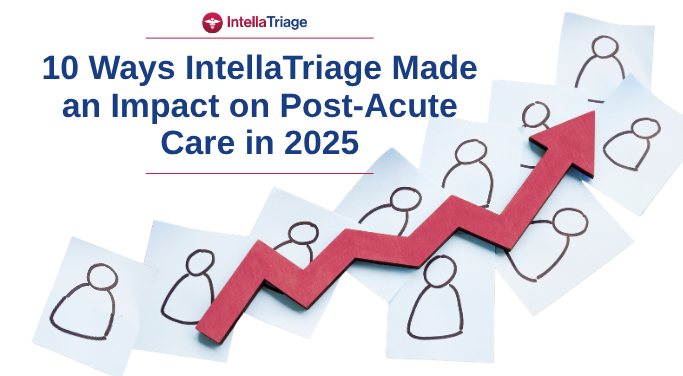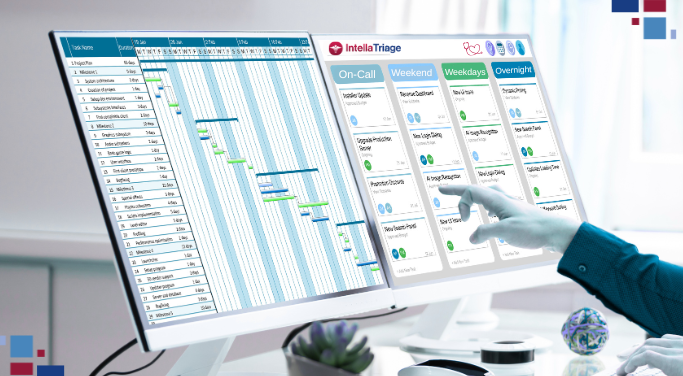Research shows that wages and benefits account for 56% of U.S. hospital costs – this far exceeds the other categories of expenditure, which include professional fees (11.9%), prescription drugs (6.7%), utilities (1.8%), liability insurance (1.2%), and other line items (22.4%). Since staffing is such a major expense, many healthcare organizations have begun to hire fewer nurses to save money. The resulting patient-nurse ratio has resulted in a higher rate of burnout, lowered job satisfaction, and an increased number of nurses leaving the profession.
The Impact of Short Staffing
We can define “short staffing” as a disparity between the number of patients and the number of nurses. When the number of patients in the hospice, home health, or other healthcare organization exceeds the capacity of nursing staff, we say they are short-staffed. Unfortunately, this practice is becoming increasingly common, especially in facilities responsible for long-term care.
The United States is currently experiencing a nationwide nursing shortage. Unfortunately, this lack of staff is contributing to higher rates of burnout among those still in the healthcare field.
Short-staffed shifts contribute to burnout through…
Exhaustion
The more patients a nurse is responsible for, the more hectic their day will be. Responding to so many needs increases exhaustion among nursing staff. Over time, this leads to career burnout.
Lower Quality of Care
When nurses are forced to divide their attention between many different tasks, they cannot offer the same quality of care. Cutting corners and struggling to answer phones, deliver medications, and evaluate patients can wear on a nurse’s sense of efficacy and pride.
Patient Dissatisfaction
If their patients are unhappy, nurses are unhappy. Dissatisfied patients require more attention and provide negative feedback to healthcare leadership. When a nurse receives poor performance reviews, even though they are doing their best with the current workload, it encourages them to leave the profession.
Increased Errors and Lowered Self-Esteem
When nurses juggle a long list of patients, some details fall through the cracks. Unfortunately, these in-the-moment errors can have life or death consequences. One of the most common blunders in care is the medication error: giving a patient the wrong prescription or dosage without realizing it. These mistakes can majorly impact a nurse’s confidence.
Ideal Patient-Nurse Ratio
National Nurses United has proposed guidelines for the desired patient-nurse ratio in various healthcare organizations. Their recommendations vary based on the type of care required. For example, critical care settings should have one RN for every two patients, while skilled nursing facilities can function with one nurse caring for five patients at once. Patient acuity is a major factor in determining the ideal nurse-patient ratio.
As healthcare organizations move towards new standards of care, they must also make strategic business decisions to alleviate the burden on existing nursing staff.
The Positive Impact of IntellaTriage
Fortunately, there are steps that leaders can take to reduce rates of burnout in a department with an uneven patient-nurse ratio. Before anything else, the number of responsibilities for each nurse should be examined. Reducing continuous, interrupting tasks – like answering phone calls – is an ideal area for improvement.
IntellaTriage offers a service for home health, hospice, and other healthcare organizations in search of nurse burnout solutions. We act as an extension of your team. Our staff of registered nurses will answer any phone calls in an average of forty seconds. Once on the line, they will follow industry-standard protocols to triage each caller’s needs. All patient needs are met, and each interaction is thoroughly cataloged in your EMR system – all without your nurses touching the phone.
We believe that showing compassion to your nurses protects them from compassion fatigue. Through IntellaTraige, you can provide prompt, effective patient care without adding to your R.N.s’ workload. Contact us to learn how licensed, nurse-based triage solutions can revolutionize team morale.
Contact Us for a Consultation
Ready to optimize your triage process? Reach out to us today for a consultation tailored to your needs. Let’s elevate your patient care together.
More From The Blog
In 2025, post-acute care entered a new era of accountability and transformation. Hospice and home health providers faced the rollout of new quality measures, mounting documentation demands, and continued pressure from shrinking margins and workforce shortages. Families expected faster access and more compassionate communication, while clinicians needed real relief from after-hours strain. At the same [...]
For hospice and home-health organizations, staffing after-hours shifts presents a unique challenge. Patients’ needs don’t magically pause between office hours, yet many agencies still rely on outdated scheduling models that leave nurses exhausted, escalation rates high, and patient satisfaction vulnerable. In this post, we’ll explore how thoughtful scheduling, strategic outsourcing, and nurse-first triage support can [...]
Why Nurse-First Care Will Always Matter More We are drawing a line in the sand. No. AI cannot accomplish everything. Sure, you could let AI answer your after-hours calls. But ask yourself: why would you want to if you don't have to? On the other end of that phone is not just a "call" — [...]









